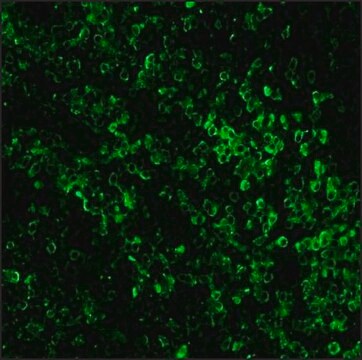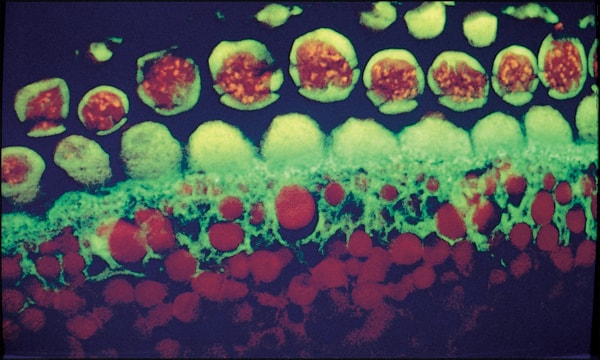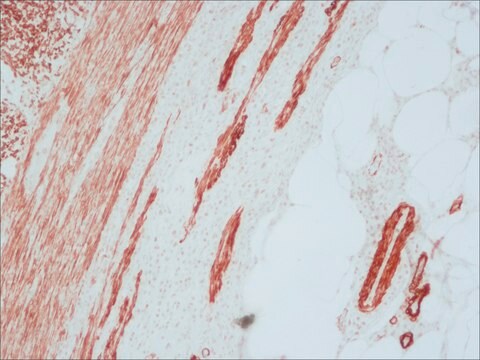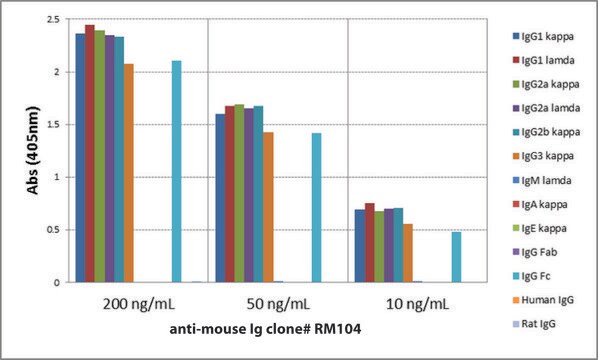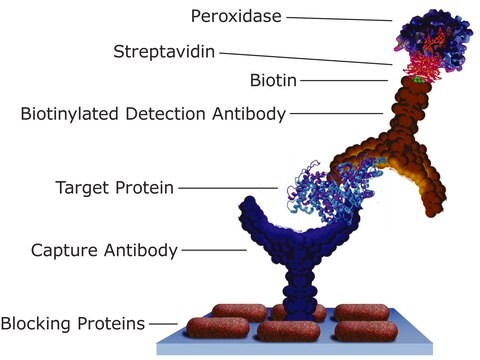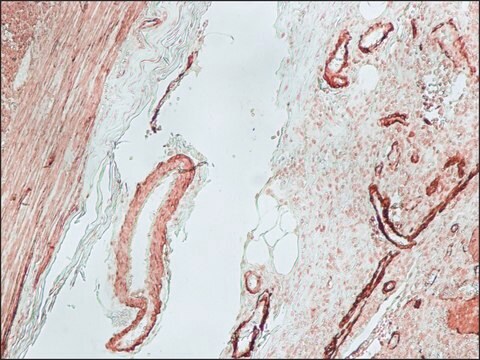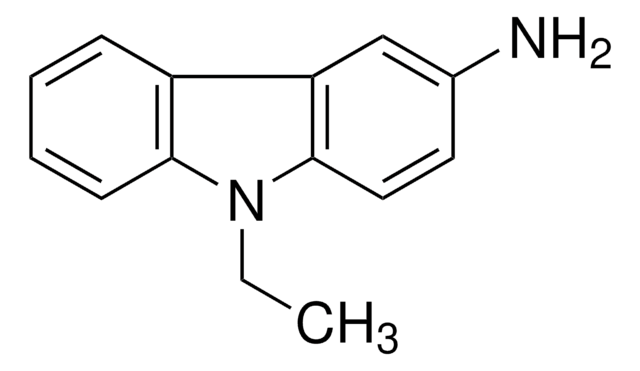B8520
Anti-Mouse IgG (whole molecule)−Biotin antibody produced in rabbit
IgG fraction of antiserum, buffered aqueous solution
Sign Into View Organizational & Contract Pricing
All Photos(2)
About This Item
Recommended Products
biological source
rabbit
Quality Level
conjugate
biotin conjugate
antibody form
IgG fraction of antiserum
antibody product type
secondary antibodies
clone
polyclonal
form
buffered aqueous solution
technique(s)
direct ELISA: 1:200,000
immunohistochemistry (formalin-fixed, paraffin-embedded sections): 1:300
western blot: 1:400,000-1:800,000
storage temp.
−20°C
target post-translational modification
unmodified
General description
Immunoglobulins (Igs) belongs to the immunoglobulin super-family. There are five different types of Immunoglobulins. Each immunoglobulin has two heavy (H) and two light (L) chains held together by disulfide linkages. Each light comprises of one variable N-terminal region and a constant C-terminal region. Heavy chain has one variable N-terminal region and three or four constant (CH1-CH4) C-terminal region. IgG is abundant immunoglobulin in human serum.
Immunogen
Purified mouse IgG
Application
Anti-Mouse IgG (whole molecule)-Biotin antibody has been used in
- immunofluorescence
- immunoblot
- direct enzyme linked immunosorbent assay (ELISA)
- serotyping assay
- immunohistochemistry
Biochem/physiol Actions
Immunoglobulin G (IgG) is a glycoprotein antibody that regulates immune responses such as phagocytosis and is also involved in the development of autoimmune diseases. Mouse IgGs have four distinct isotypes, namely, IgG1, IgG2a, IgG2b, and IgG3. IgG1 regulates complement fixation in mice.
Physical form
Solution in 0.01 M phosphate buffered saline pH 7.4, containing 15 mM sodium azide.
Disclaimer
Unless otherwise stated in our catalog or other company documentation accompanying the product(s), our products are intended for research use only and are not to be used for any other purpose, which includes but is not limited to, unauthorized commercial uses, in vitro diagnostic uses, ex vivo or in vivo therapeutic uses or any type of consumption or application to humans or animals.
Not finding the right product?
Try our Product Selector Tool.
Storage Class Code
10 - Combustible liquids
WGK
nwg
Flash Point(F)
Not applicable
Flash Point(C)
Not applicable
Choose from one of the most recent versions:
Already Own This Product?
Find documentation for the products that you have recently purchased in the Document Library.
Customers Also Viewed
In Vitro and In Vivo Detection of Mx Gene Products in Bovine Cells following Stimulation with α/β Interferon and Viruses
Muller-Doblies, D., et al.
Clinical and Vaccine Immunology : CVI, 9(6), 1192-1199 (2002)
E P S Conceição et al.
The Journal of endocrinology, 230(2), 263-274 (2016-06-22)
Rats overfed during lactation show higher visceral adipose tissue (VAT) mass and metabolic dysfunctions at adulthood. As both vitamin D and glucocorticoids change adipogenesis, parameters related to metabolism and action of these hormones in the adipocyte can be altered in
Increased IgA Expression in Lung Lymphoid Follicles in Severe Chronic Obstructive Pulmonary Disease.
Maha Zohra Ladjemi et al.
American journal of respiratory and critical care medicine, 199(5), 592-602 (2018-10-20)
Accumulation of B cells and lymphoid follicles (LFs) has been described in chronic obstructive pulmonary disease (COPD) airways, but the functional status of lung B cells remains poorly known. To characterize LFs for expression of IgA, the main mucosal antibody.
Doris Müller-Doblies et al.
Clinical and diagnostic laboratory immunology, 9(6), 1192-1199 (2002-11-05)
This study focused on products of the bovine Mx1 gene as specific markers for acute viral infections. The rationale for this is the fact that viral infections are commonly paralleled by the synthesis, release, and remote action of alpha/beta interferons
Structural and functional composition of the developing retinogeniculate pathway in the mouse
Jaubert-miazza L, et al.
Visual Neuroscience, 22, 661-676 (2005)
Our team of scientists has experience in all areas of research including Life Science, Material Science, Chemical Synthesis, Chromatography, Analytical and many others.
Contact Technical Service